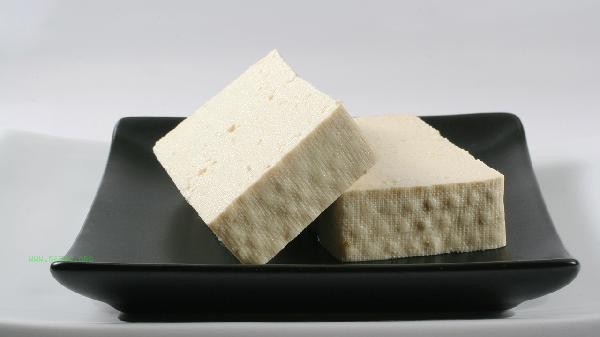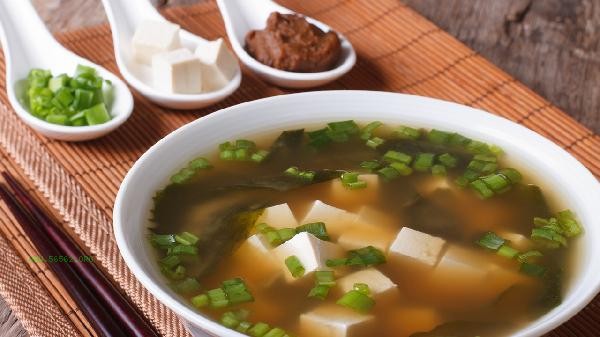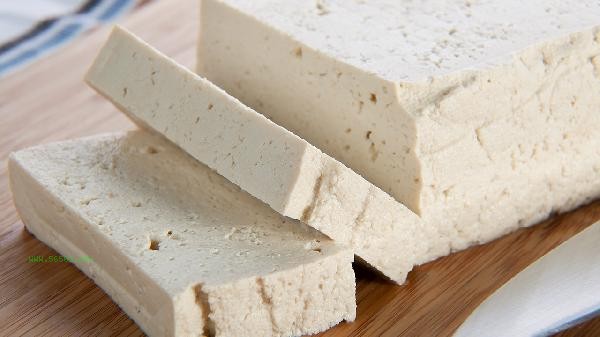Tofu can generally be eaten without blanching, but blanching it gives a better taste and can remove the bean odor. Tofu is rich in nutrients, containing high-quality protein, calcium, iron and other ingredients, suitable for most people to consume.

Tofu, when consumed directly, will not have a significant impact on health, especially for boxed lactone tofu made using the cooking process. It has been sterilized at high temperatures before leaving the factory and does not require additional blanching. Northern tofu or loose tofu beans have a strong fishy smell, and direct cold mixing may affect the flavor. Short blanching can improve the taste. Tofu contains low levels of anti nutrients such as phytic acid and saponins, so there is no need to worry about nutrient absorption when consumed normally. However, individuals with gastrointestinal allergies may experience mild bloating due to the small amount of trypsin inhibitors in uncooked tofu.

Traditional brine tofu or gypsum tofu have a harder texture, and direct cooking may absorb too much oil due to the large internal pores. Blanching can reduce oil absorption and enhance the freshness of the dish. Some people are intolerant to oligosaccharides in soy products, and consuming uncooked tofu may cause gas production reactions. It is recommended that these people cut the tofu into pieces and blanch it in boiling water for 1-2 minutes. Adding a small amount of salt when blanching tofu can not only accelerate the coagulation of protein and release water, but also make subsequent cooking more flavorful.

For daily consumption of tofu, it is recommended to decide whether to blanch it according to the cooking method. Blanching is more effective when cold or stir frying, and stewed dishes can be directly added to the pot. Choose qualified tofu products produced by legitimate manufacturers, pay attention to refrigerated storage to avoid spoilage, and pair them with ingredients such as seaweed and mushrooms to increase the absorption rate of calcium and vitamin D. Elderly people and those with weak digestive function can extend the blanching time appropriately, but it should not exceed 3 minutes to prevent nutrient loss.








Comments (0)
Leave a Comment
No comments yet
Be the first to share your thoughts!